Hiking to an alligator haven at Myakka State Park's Deep Hole near Sarasota
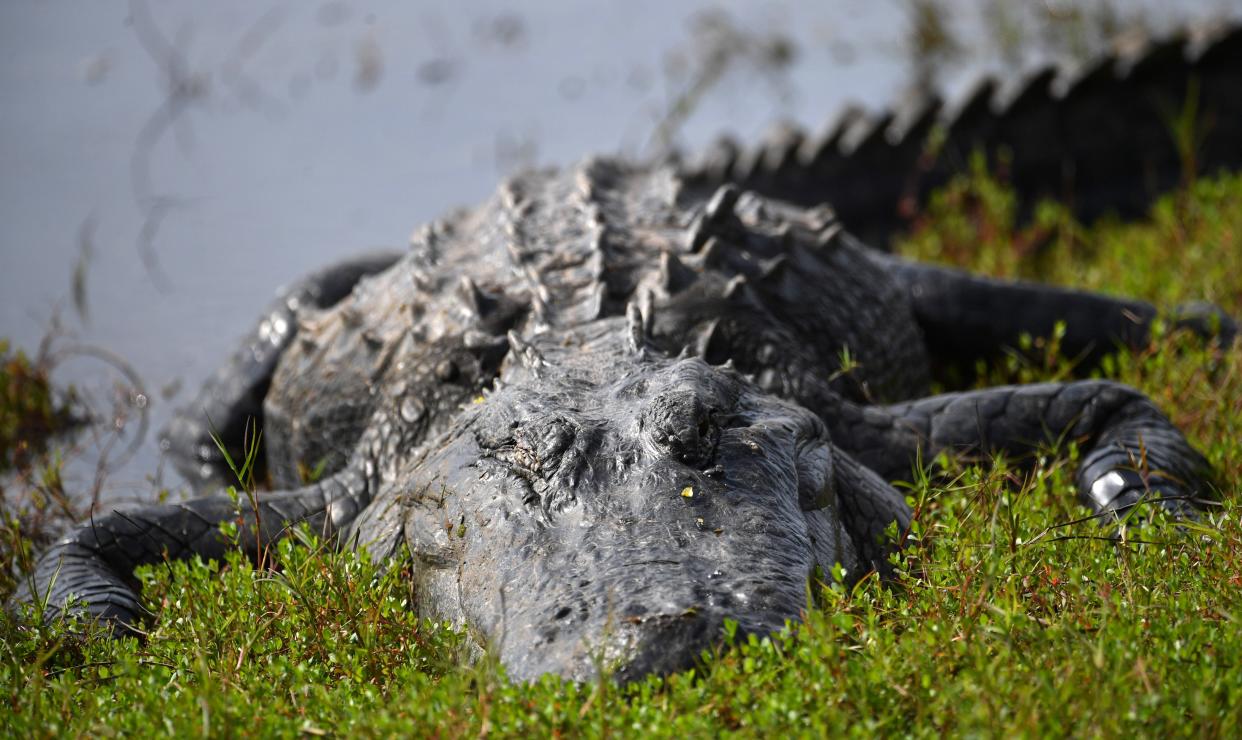
It’s barely 8 a.m., and the sting of disappointment has already deflated whatever high spirits we woke up with.
We’ve checked into the ranger station at Myakka River State Park to hike to the alligator-abundant Deep Hole on Lower Myakka Lake. On its best days, it’s an alligator haven — tens, dozens, sometimes a hundred-plus in heaps along the shoreline, lazily soaking up the sun or drifting across the water.
The ranger on duty tells us today is not one of those days.
The ranger says this year’s El Niño, a periodic weather event that can disrupt an area’s seasonal rainfall, is probably to blame. The sinkhole’s water level is usually lower than the rest of the lake, making it a popular gator gathering spot for protection and reprieve, but recent rainfall has filled it in.
That means Deep Hole is neither deep nor much of a hole these days, but that hasn’t deterred tenacious tourists from making the trek. If everything above sounds enticing, it shouldn’t turn you away either: Deep Hole, even sans an unbelievable alligator attendance, is a worthwhile destination.
(And if you tapped out at the words “alligator haven,” feel free to live vicariously through us instead.)
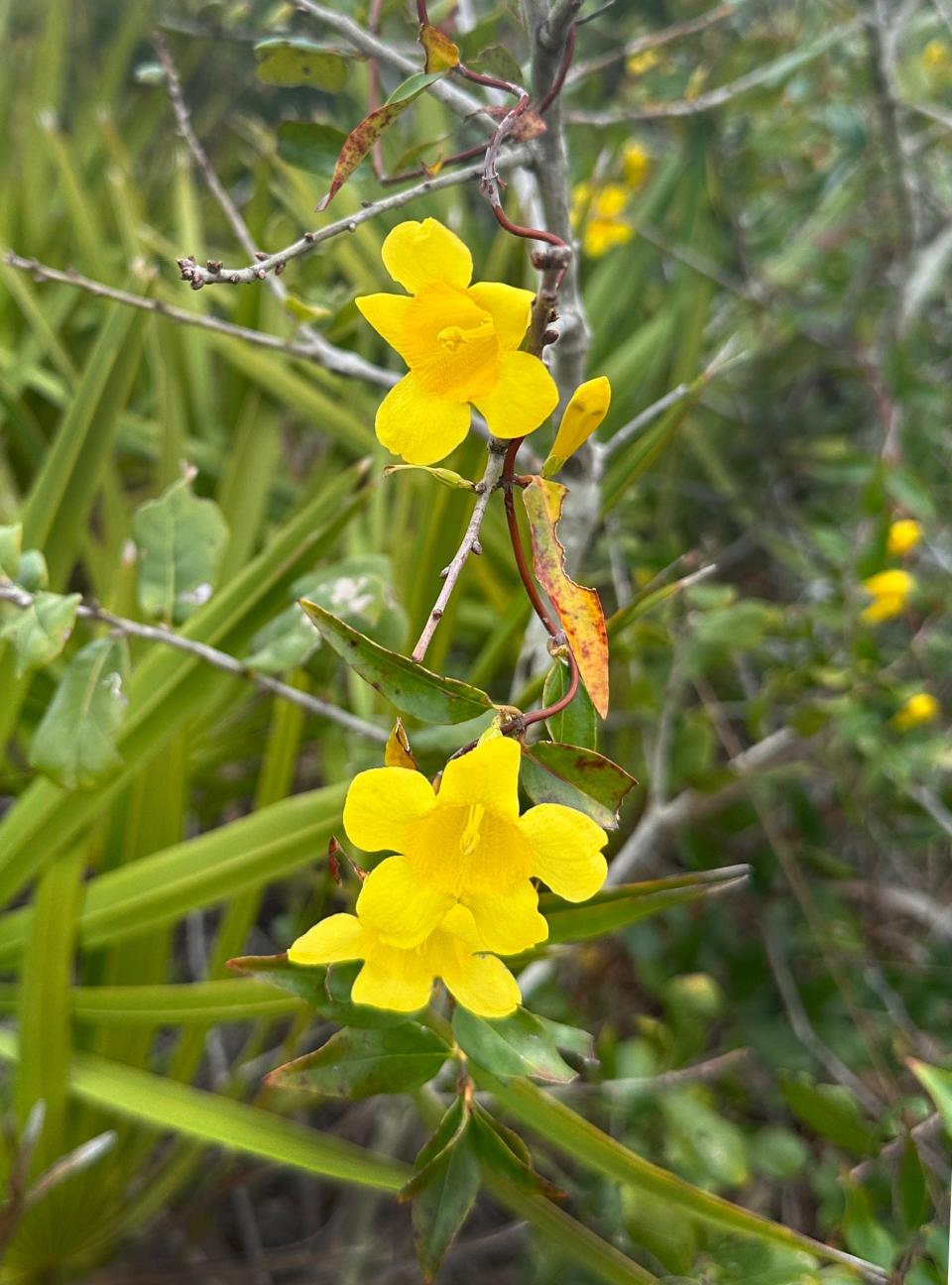
Everything you’ve heard about Deep Hole is pretty much true, including the early arrival. Yes, people do line up before the park opens to secure one of 30 permits allotted to visitors each day, and crowds have been known to grow so big rangers must turn people away.
To avoid any unfair advantages for eager explorers, rangers are habitually hush-hush on the whole affair, so it’s tough to pin an optimal arrival time. We shoot for the earlier end between 7 a.m. and 7:30 a.m. and are comfortably first in line. By the time the park gates swing unceremoniously open at 8 a.m., there are only a few cars behind us, and minutes later, it’s just us and the trail.
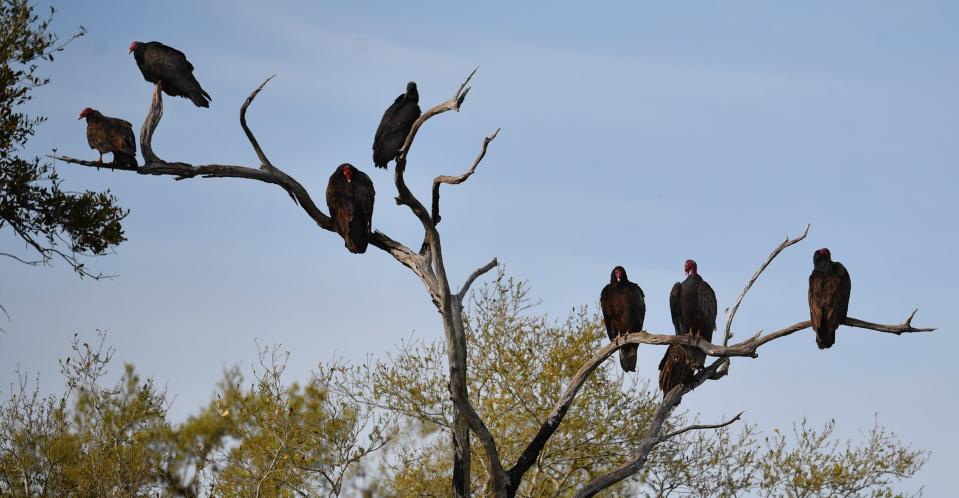
Myakka River State Park — home to the state’s first designated wild and scenic river — prides itself as real Florida. You can catch bobcats, otters and more than 100 species of birds across 58 square miles of protected nature. Endangered species like the Florida burrowing owl have made their home on the dry prairie: a self-sustaining ecosystem unique to three areas north and west of Lake Okeechobee that makes up half of the park.
The real Florida. Untamed and uncut. The park’s wilderness preserve, despite surprisingly decent cell service, has no facilities and nary a vehicle coming to the rescue — save for the park ranger sent to take the morning readings. And they probably won’t offer you a ride.
Two miles and some change may sound like a stroll, but compound the distance with the heat and the bugs (then double it because, much to my shock and dismay, you do have to walk back), and it’s nothing to scoff at. Pack smart but pack light. Water, sunscreen, your favorite hat, and more water are your friends.
Wild pigs have dug the sand trail up in search of scraps and rangers have plowed it to prepare for upcoming controlled burns, leaving the terrain rugged and difficult to navigate.
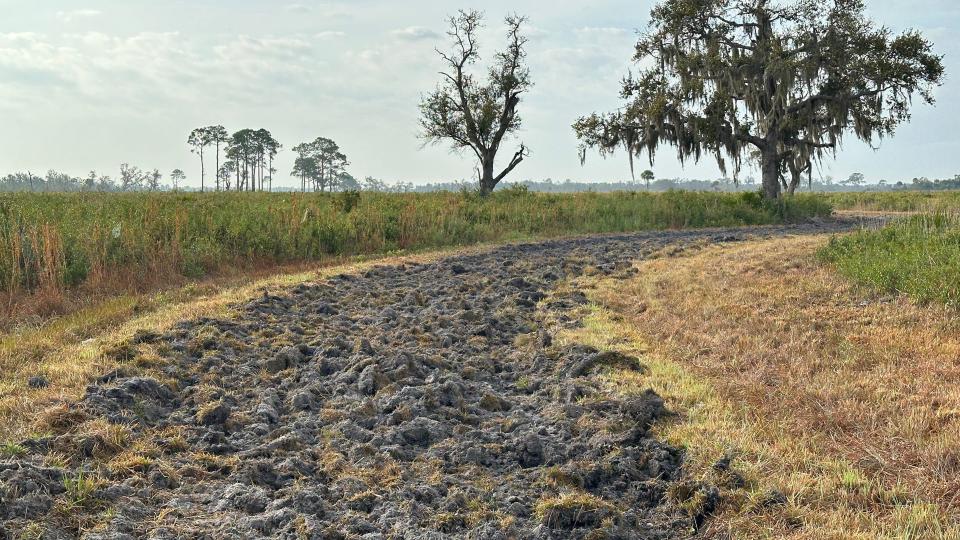
We tightrope along the trail’s grassy edges, and hints of the surrounding wildlife keep us company on the trip.
Chances are you’ll hear more than see them — a rustling branch here, a chirp of a Carolina wren or a meadowlark there. Like the alligators, the rest of the preserve’s occupants are temperamental and spooked by oncoming hikers, so they might hide when they hear you approach. But if you’re lucky, you’ll catch a blur of a pig zipping across the prairie or a bird swooping overhead.
That’s the risk you run on the preserve. You could come face-to-face rattlesnake or feel one of those rare birds whip past your head, or you could see nothing at all. The prairie remains untouched and uncaring of human whims, so the hike posts no guarantees of a Kodak moment.
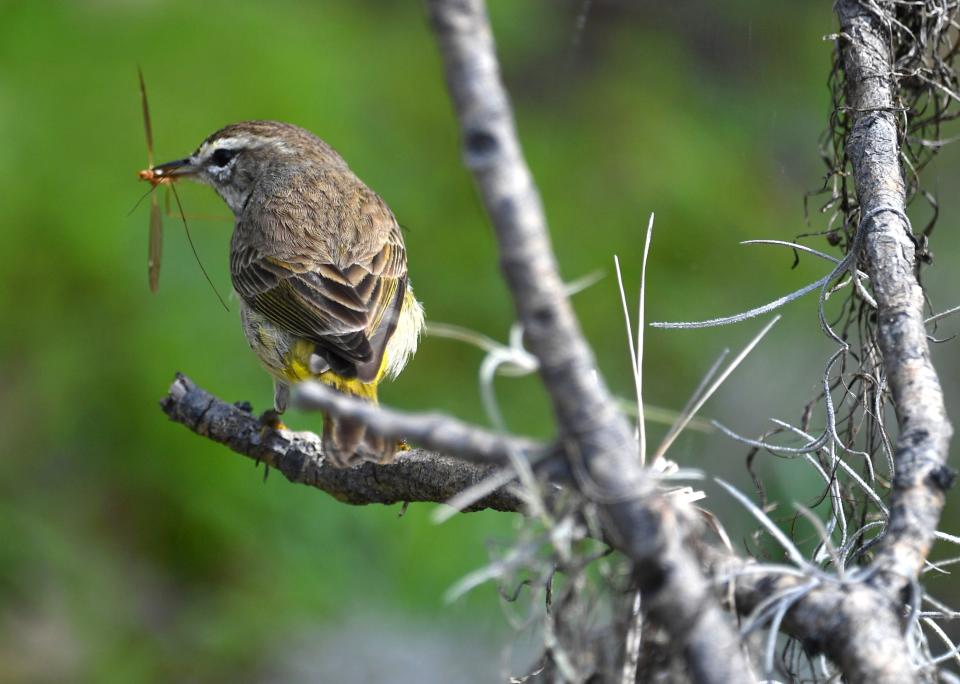
The walk from the trailhead to Deep Hole takes about an hour, and as the ranger warned, it’s not Jurassic Park when we get there. A particularly unbothered chomper lounges about 30 feet from us in the grass, but most of the alligators are either aligned on Deep Hole’s further edges or adrift in the water.
We linger for about 45 minutes, and with groups of alligators we hadn’t seen before constantly cropping up, the leisure time turns into a game of reptilian Where’s Waldo. The binocular view (another must-have) tells us there are about 35 alligators in total along the lake — some in plain sight, some hidden away and some on the move.
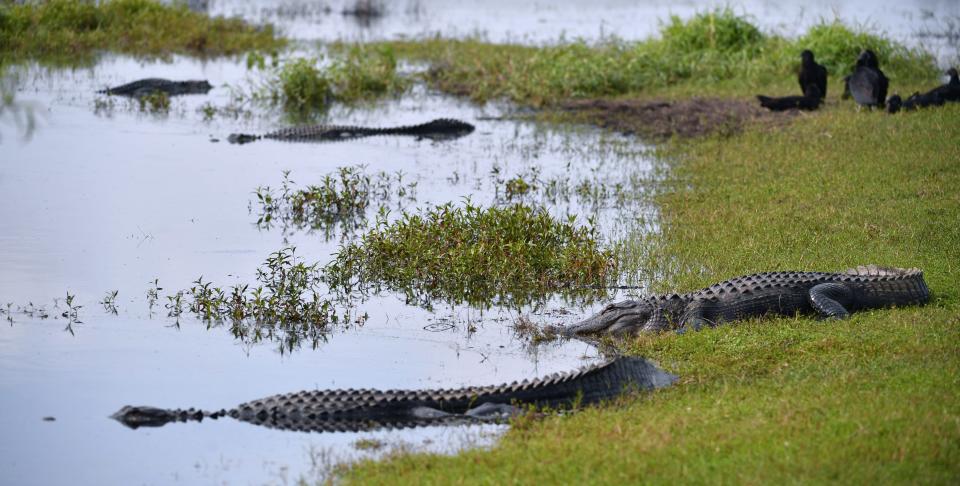
Distance — about 25 yards, rangers say — is a safety essential, but even with the separation, you’re closer to wild alligators than you would be probably anywhere else. The animals, along with the serene lake and the surrounding grassy expanse as far as the eye can see, are a breathtaking sight.
To expect an onslaught of alligators in current conditions, as we’ve learned, is wishful thinking. But it’s the journey, isn’t it? A hundred alligators or no alligators at all, we’ve rolled the dice and seen the sights, and we log our 10,000 steps regardless.
Even if it doesn’t always deliver on the most extreme possibilities, if you’re in the mood for the outdoors, Deep Hole gets the job done.
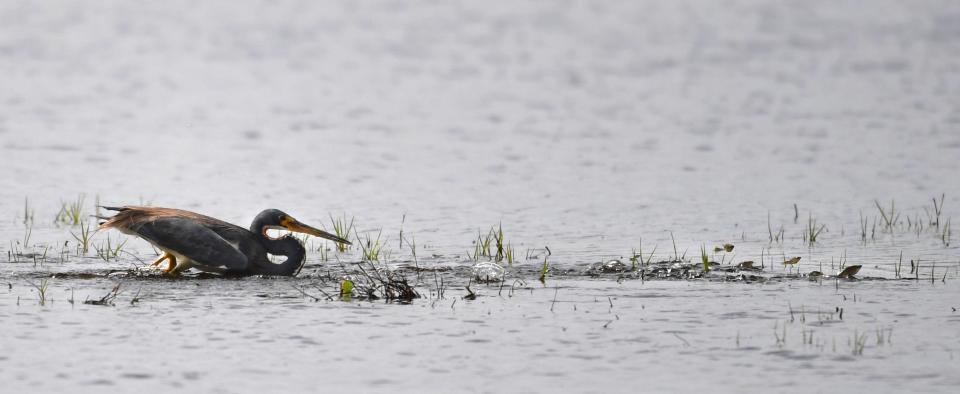
Contact Herald-Tribune Growth and Development Reporter Heather Bushman at hbushman@gannett.com. Follow her on Twitter @hmb_1013.
This article originally appeared on Sarasota Herald-Tribune: Myakka State Park's Deep Hole is an alligator haven worth a hike

